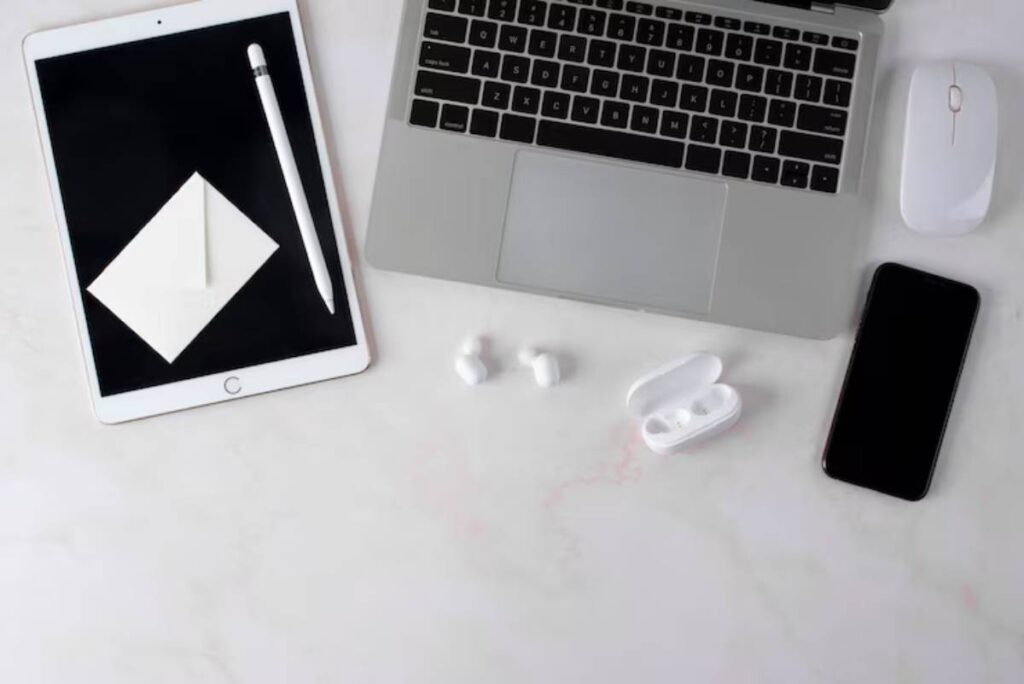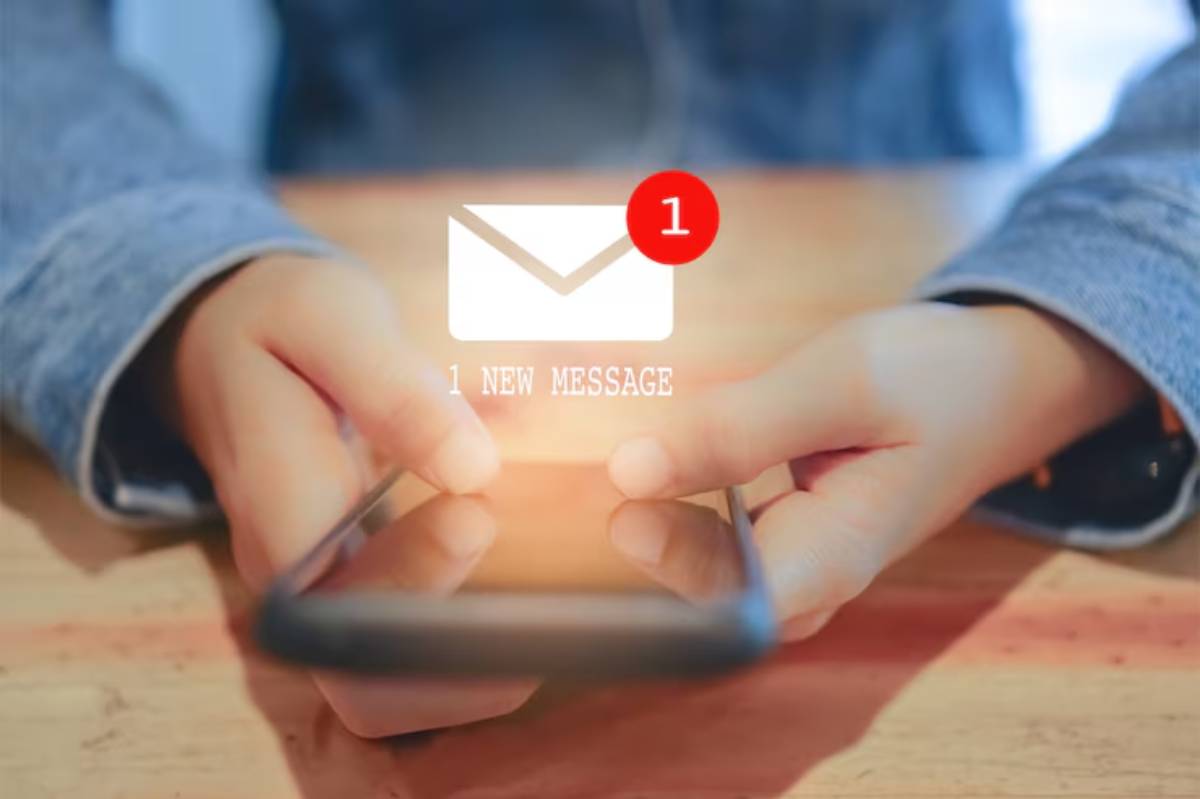The Personal Development Blog

Building a Minimalist Digital Workspace
Ever opened your laptop only to be greeted by 27 open tabs, a cluttered desktop, and a flurry of notifications? It’s hard to focus, isn’t it? Your workspace might not be physically messy, but your digital environment could be silently sabotaging your clarity, productivity, and peace of mind.
In today’s hybrid, remote, and always-connected work culture, more of us are realising the need for a clean digital workspace. But building one takes more than a tidy desktop background or a fresh batch of folders. It means redefining how we interact with our screens — not just for better productivity, but for better mental health, too.
This guide will walk you through the why and how of digital decluttering. You’ll learn how to manage screen stress, streamline your digital tools, and create a minimalist workspace that’s calm, functional, and sustainable. Whether you’re a creative, a corporate worker, or a freelancer juggling multiple apps, this is for you.
Why Your Digital Workspace Deserves a Clean-up
Screen Clutter Has Real Consequences
Digital mess is like background noise. Even when you’re not looking at those messy folders or extra browser tabs, they subtly pull your attention.
Studies have shown that cluttered digital environments increase cognitive load, meaning your brain has to work harder to process tasks.
That leads to:
- Slower decision-making
- Higher levels of stress
- Mental fatigue
- Lower creativity
Much like a chaotic physical desk, a cluttered screen environment can overwhelm you before your day even begins.
Tech Overload Increases Burnout
Between messaging apps, project trackers, cloud storage, email, and browser extensions, many professionals juggle 10 or more tools daily. Without structure, this digital bloat can create constant switching, decision fatigue, and the feeling that you’re always playing catch-up.
Digital minimalism isn’t about using less tech — it’s about using it better. When each tool has a clear purpose and your digital landscape feels calm, your brain can finally breathe.
1: Assessing Your Digital Environment
Where Does the Clutter Live?
Start by identifying your primary stress points.
These usually fall into a few categories:

- Email overload: new messages, disorganised inboxes
- Desktop clutter: files, screenshots, stray downloads
- Too many tabs: browser overwhelm
- Scattered file systems: across cloud services and local drives
- Redundant apps: tools that duplicate functions or serve no current purpose
Notice where your eyes go when you start working. Do you feel focused or scattered?
Now think: what would calm look like on your screen?
2: Streamlining Your Workspace Layout
A Home Screen That Inspires Focus
Your digital workspace should be visually restful.
That means:
- Choosing a simple background, preferably with neutral tones
- Removing all desktop icons except your essentials
- Using a taskbar or dock with only the frequently used tools
- Grouping apps into folders for quick access without visual chaos
You’re aiming for the digital version of a clear desk — minimal, intentional, and free from noise.
One Browser, One Purpose
Multiple browser windows and excessive tabs are a top cause of screen stress.
Try:
- Using tab groups to organise research or ongoing projects
- Installing a tab suspension extension to reduce memory load
- Setting a clean homepage (no news feeds or distractions)
Even better, different browser profiles or desktops can be used to separate work, admin, and personal use.
If you’re struggling to get tabs under control, our article on taming tab overload dives deeper into practical solutions.
3: Managing Notifications and Interruptions
Silent Doesn’t Mean Missed
Notifications are productivity killers. Each ping pulls you out of deep focus — even if you don’t respond. According to a study by the University of California, it takes 23 minutes on average to refocus after a single interruption.
Here’s what helps:
- Turn off non-essential notifications across devices
- Use “Do Not Disturb” or Focus Modes during deep work
- Batch-check communication apps at set times
Let your team or clients know when you’re “heads-down” — you’ll likely inspire them to do the same.
Create ‘Intentional Check-in’ Windows
Rather than keeping tabs open “just in case,” schedule short sessions to check:
- Emails (e.g. mid-morning, after lunch, late afternoon)
- Project dashboards or messaging tools
- Social or personal inboxes, if relevant
This transforms reactive multitasking into proactive engagement.
4: Decluttering Digital Files and Folders
Keep What You Use. Archive the Rest.
A minimalist digital workspace doesn’t mean deleting everything. It means building logical systems that make files easy to find — and easy to forget when you don’t need them.
Try this three-tier folder structure:
- Active – Current projects you access weekly
- Reference – Documents you may need but don’t use often
- Archive – Old files, completed work, or resources you want to keep
Apply this logic across:

- Dropbox
- Google Drive
- Local folders
- Email inboxes
Once a month, review your “Active” files and shift older ones to “Reference” or “Archive.”
Desktop Zero Habit
Start or end your week by clearing your desktop. Drag files into relevant folders, delete what’s no longer needed, and leave only what helps you begin fresh.
It takes five minutes and pays off with hours of improved focus.
5: Refining Your Tool Stack
Fewer Tools, Better Flow
It’s tempting to try every new app that promises productivity. But more tools often mean more confusion.
Review your current stack:
- Are there tools that do the same job?
- Which ones do you actually use daily?
- Which ones cause more frustration than they solve?
Aim to have:
- One communication hub (e.g. Slack or MS Teams)
- One task manager
- One cloud storage
- One note-taking system
Your goal is clarity, not variety.
If you’re unsure where to start trimming, explore how to avoid app overload at work without sacrificing productivity.
Use Automation Sparingly
While automation can be powerful, it’s also a place where digital clutter creeps in.
Be mindful of:
- Email filters and labels
- Task reminders and calendar integrations
- Auto-forwarding or sync between platforms
Ask: Is this helping me save time, or is it adding noise?
6: Creating Mental Space Through Digital Rituals
Start and End Your Day with Intention
Just like tidying a physical desk, digital rituals set the tone for focus.
Consider:
- Morning Startup Routine: clear inbox, prioritise 3 tasks, open only what’s needed
- Evening Shutdown Ritual: close all windows, organise files, clear notifications
These anchor points help your brain switch into and out of work mode.
Weekly Digital Reset
Once a week, spend 15–20 minutes reviewing:
- Tasks and calendar
- Files created or downloaded
- Open tabs and app logins
This regular check-in keeps digital clutter from piling up — and reminds you of your digital values.
Why Minimalism Supports Better Work — and a Calmer Mind
A clean digital workspace does more than make things look tidy. It:
- Reduces decision fatigue — fewer choices, clearer paths
- Supports deeper focus — no more screen distractions whispering for attention
- Boosts emotional wellbeing — cluttered screens lead to a cluttered headspace
- Saves time — less hunting for files, toggling between tabs, or resetting your attention
Minimalism doesn’t mean “less of everything.” It means more of what matters.
Final Thoughts: Reclaiming Focus Through Digital Simplicity
Your screen isn’t just a tool — it’s your workspace, your creative zone, your window to the world. And just like a messy room can make it hard to think, a cluttered digital environment can block your best ideas, energy, and motivation.
By building a minimalist digital workspace, you’re not just organising files — you’re creating the mental clarity to do your best work. You’re choosing calm over chaos. Flow over friction.
So start small. Clear your desktop. Disable one notification. Archive one folder. Then build from there.
Because when your digital world feels lighter, your mind follows.









